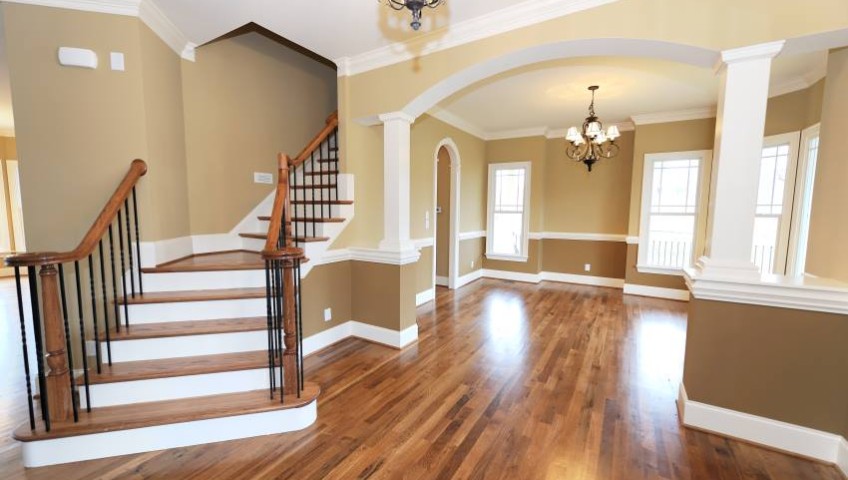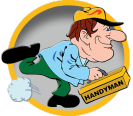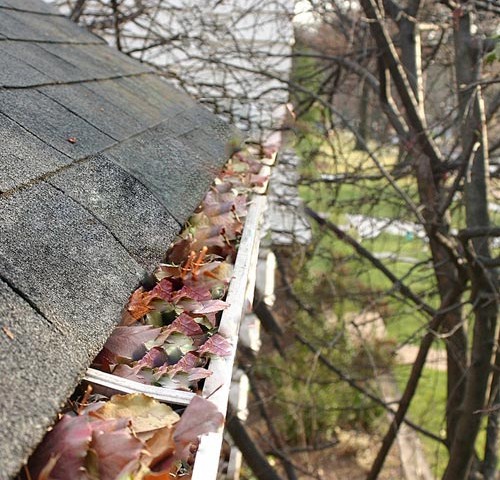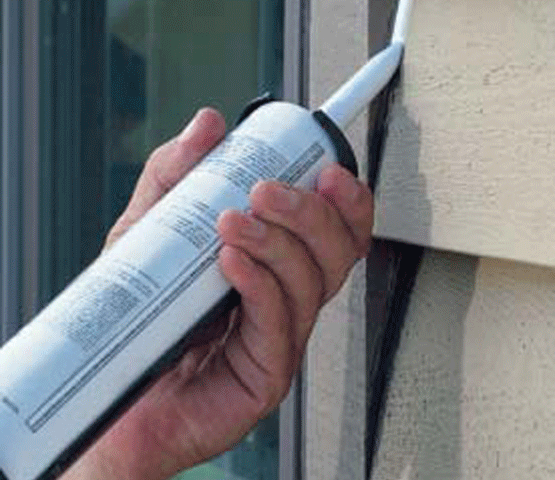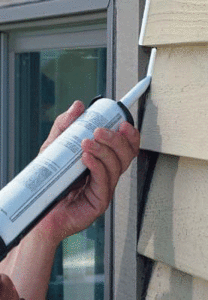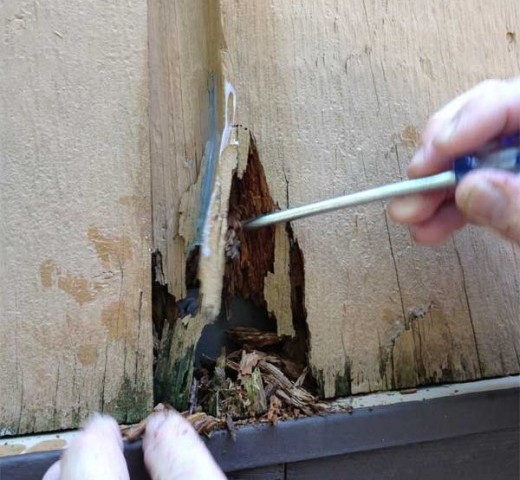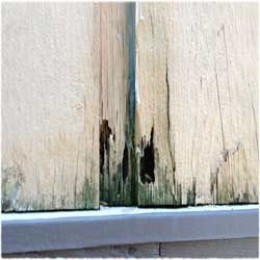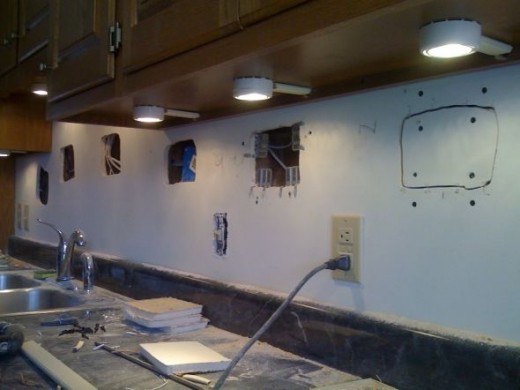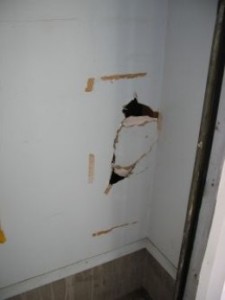It's time to make sure your home is ready for the "Big Chill"
Fall is a great time to address all of the little things that can make a giant impact on you & your home. Most of these fixes are DIY, however the not-so-handy type may want to hire a professional to tackle the list. In the long run you save money & keep the value of your home up.
Furnace- Get a pro in there to check it yearly, but you can replace the filters yourself & should do this every 30-45 days. If it seems to not be kicking out the heat as expected, makes a strange noise or you can hear belts squealing it's time to call a pro.
Gutters- They need some love. Make sure the gutters are in good shape & the downspouts are all connected properly. Your gutters divert thousands of gallons or water away from your home & foundation walls. A clogged gutter can lead to flooding and damaged exteriors. Before the leaves drop this year have the gutters cleaned and covered with a mesh guard to protect them for debris returning.
Air Gaps- Your doors and windows may need some weather-stripping or caulk...these pesky drafts can cost you big time when the temps drop! Gaps in weather-stripping or caulk can account for as much as 10% of your heating bill, according to the U.S. Department of Energy. Since this is a easy AND cheap fix there is no reason to not do it!
Roofing- Are the seals intact on your vents & flashing? Curled shingles? Anything looking worn? Time to get that fixed. You don't want a minor annoyance to turn into a full scale disaster this winter.
Faucets- Outdoor faucets & irrigation systems needs to be winterized...don't wait too long! Your back flow preventer needs to be removed from the irrigation system and the lines emptied of water. This can be done with air pressure, or if it has been designed well - it will drain on it's own when not under pressure. Those sill cocks could burst in your wall if you don't take care of them. Simply close any shut off valves serving these outside faucets, then open the outside faucet to drain the line. Make sure you do not leave a hose attached to your faucet! An attached hose in the winter will not let the sill cock drain properly, it will freeze, burst the pipe, and then leak profusely inside your wall when you turn it on in the spring. If you do not have a sill cock and just have a simple hose bib with no shut off to it, you should get a Styrofoam faucet cover...they have these at Lowe's and Home Depot.
Fireplaces- Time to call the Chimney sweep, these guys are pros, they will keep you and your home safe. If your fireplace is gas then have a pro come out to inspect it before you light it up. Look out for bats & birds that made your flu their home. Creosote buildup is a definite fire hazard! Clean those flues.
Ceiling Fans- Did you know they have directions! Instead of blowing the air straight down, reverse them. This pushes the warm air off the ceiling and down the walls. Circulating the air and helping to keep the room an even temperature throughout.
Outside in the yard- Cover your air conditioner, after cleaning the leaves off the compressor. Cover and store outdoor furniture. Clean up that yard equipment like mowers and string trimmers. Get them maintenanced for next year. Get out the snow blower and make sure its ready for use.
Hot Water Heater- Flush it out. You should do this a couple times a year. Build up of mineral deposits causes the hot water heater to use more energy heating the water. Connect a hose to the drain, shut the water off to the hotter heater (a valve on the cold water line), open the drain. This will help flush out some mineral deposits that are building up inside. You won't be able to prevent the buildup, but you may be able to decrease it some.
Decks- It's a good time to review your decks health. Lumber is essentially dead wood, it's going to rot. You need to keep your deck protected by a good cleaning and application of a top quality deck stain. Stain will go a long way to preventing water penetration and the darker it is, damage by UV rays. Don't be confused by the types of wood used in construction. Standard lumber is used inside a house. Treated wood (or cedar) is used outside. I have talked to so many people who think using treated wood for the fence or deck is all they need to do, that this wood is "made to be used outside". Wrong! Treated wood is used outside and wherever an inside wall touches the ground. It is treated with poison to keep bugs from chewing on it. It's "treatment" will not make it stand up to weather better. Get stain on it!
Safety- With fall comes a time change...and that means it's time to replace batteries in smoke detectors! But don't forget the CO monitors, and the fire extinguishers...they need attention too.
